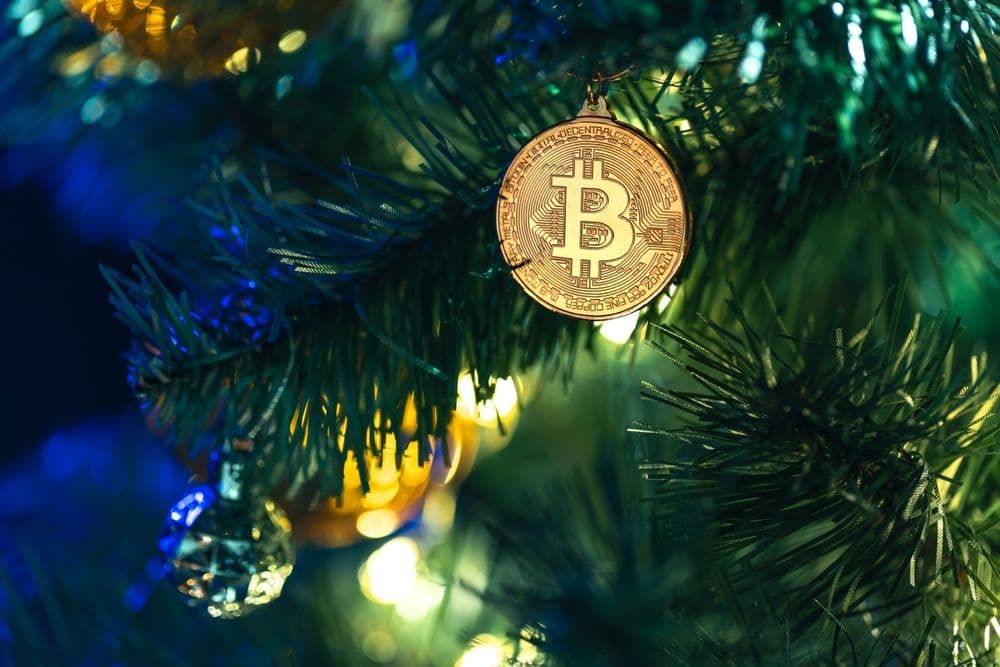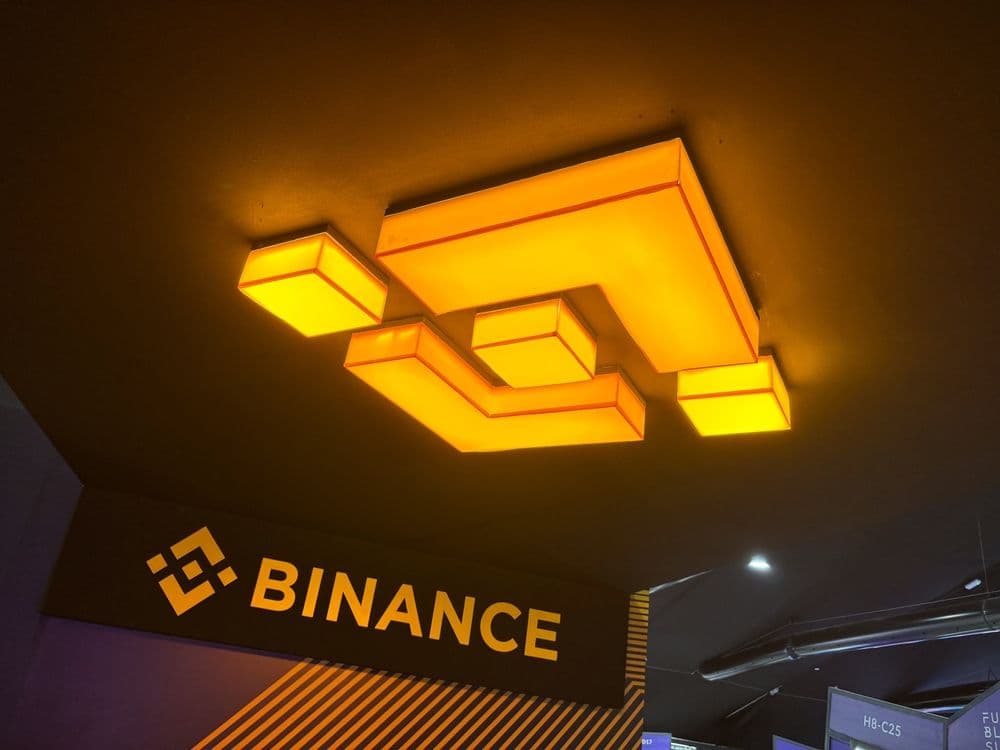 Visa’s collaboration with Baanx reflects its deepening commitment to digital currencies and blockchain technology. (Image Source: Shutterstock)
Visa’s collaboration with Baanx reflects its deepening commitment to digital currencies and blockchain technology. (Image Source: Shutterstock)Announced on April 30, the initiative is initially rolling out in the United States, with international expansion expected to follow. These innovative Visa cards leverage blockchain-based smart contracts to facilitate real-time transfers of USDC at the point of sale. When a transaction is initiated, USDC is moved from the user’s self-custodial wallet to Baanx, which then instantly converts the stablecoin into fiat currency to settle the payment via Visa’s global network.
Simon Jones, Chief Commercial Officer at Baanx, described the partnership as a significant advancement for everyday crypto use. He emphasized that integrating USDC with Visa’s payment infrastructure allows users to make real-world purchases directly from self-custodial wallets—eliminating the need to pre-convert assets or rely on third-party custody.
Unlike traditional crypto cards that require users to preload funds or store assets with a third party, this model preserves user autonomy by keeping funds in personal wallets until the moment of transaction. This setup not only improves security but also enhances transparency and reduces friction for crypto-native users accustomed to self-custody practices.
Visa’s partnership with Baanx builds on its growing interest in digital currencies and blockchain infrastructure. The payments giant has previously integrated USDC settlements on both Ethereum and Solana, and in August 2023, it announced a pilot program with Circle to test USDC transfers for cross-border payments. Visa has also worked with major crypto exchanges like Coinbase, Crypto.com, and Binance to issue branded cards that convert crypto to fiat.
But this latest development with Baanx marks a step further, where the crypto asset itself, in this case USDC, becomes the payment instrument, not just a funding source. According to Visa, the card program is designed for individuals and enterprises seeking to merge Web3 functionality with traditional financial systems.
USDC, issued by Circle, is the world’s second-largest stablecoin by market capitalization, with a supply exceeding $32 billion as of May 2025. Pegged 1:1 to the U.S. dollar and backed by fully reserved assets, USDC has become a cornerstone of decentralized finance and enterprise-level blockchain applications. Visa’s choice to anchor its stablecoin card program on USDC reflects confidence in the asset’s regulatory clarity and reserve transparency.
This move comes at a time when global interest in stablecoins is accelerating. In Latin America, Visa recently partnered with Bridge, a Stripe-backed startup, to launch similar USDC-linked cards targeting countries like Argentina, Mexico, and Colombia, regions with high inflation and growing crypto adoption. These cards aim to provide a more stable and accessible financial alternative for local populations.
Regulatory momentum around stablecoins is also growing. In the U.S., lawmakers are actively debating stablecoin legislation, while in Europe, the Markets in Crypto-Assets (MiCA) regulation is already being phased in, offering clearer guidelines for issuance, backing, and supervision. Visa and Baanx’s compliance-first approach positions the new card program as a model for how private sector innovation can align with emerging rules.
The card launch underscores a larger trend: the merging of crypto-native infrastructure with everyday financial services. By removing the need for off-ramps and making USDC directly spendable, Visa and Baanx are helping stablecoins evolve from trading tools into usable money.
As stablecoin use cases continue to multiply, from remittances to payroll to decentralized applications, integrations like this could set the stage for broader adoption among mainstream users. With Visa’s brand trust and Baanx’s blockchain expertise, the collaboration has the potential to redefine how digital currencies function in the real economy.
The launch of USDC-enabled Visa cards is more than a product rollout, it’s a signal that stablecoins are becoming embedded in the fabric of global payments. Whether in New York or Buenos Aires, spending crypto may soon feel just as easy as tapping your traditional debit card. And with self-custody at the core, users remain in control, marking a pivotal shift in the user-finance relationship.

AI and crypto shape 2025 holiday shopping

ADGM grants Binance global platform authorization

IMF warns of rising stablecoin risks

Takadao launches crypto Visa card after $3.1M funding